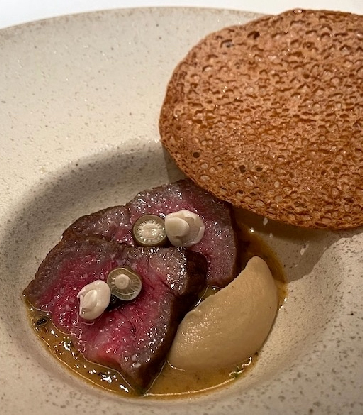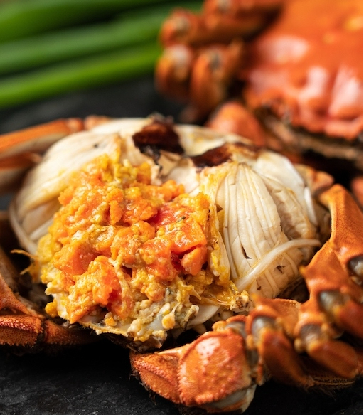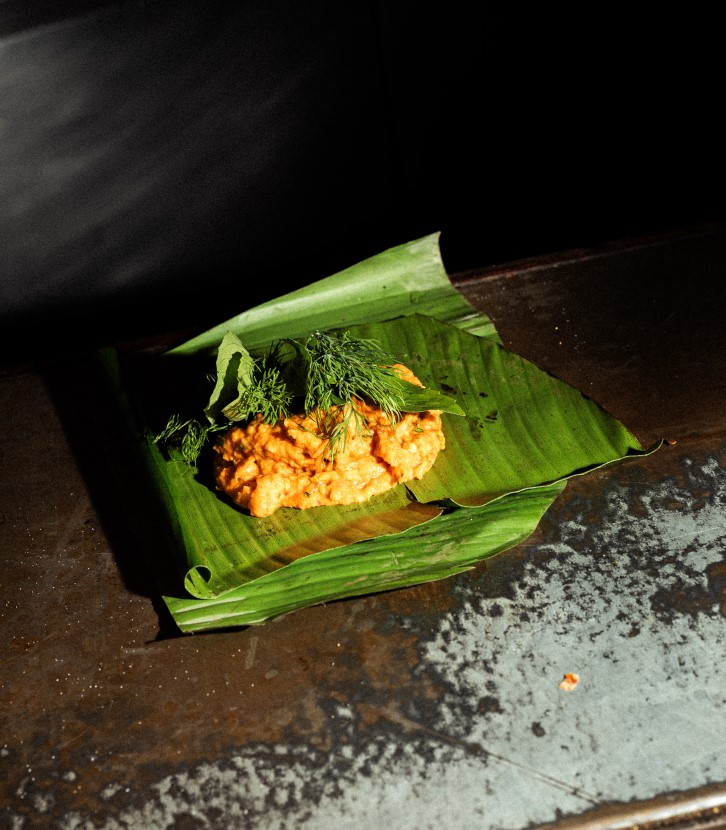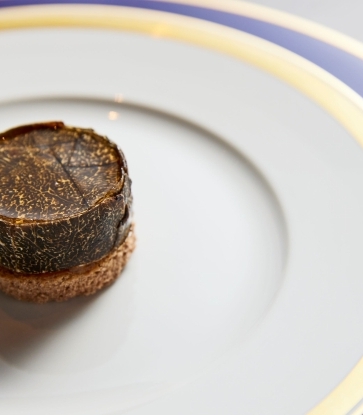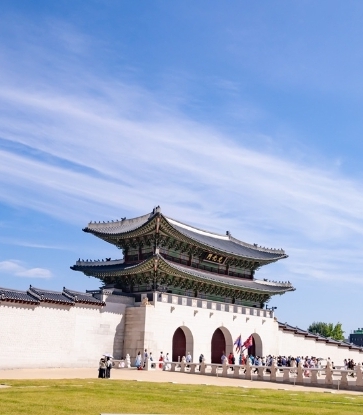Beverage pairings are not straightforward when it comes to the complexity of the Korean table. Discerning chefs and sommeliers are eager to find the ‘one’ that completes their dishes. So if you can make the perfect combination by brewing your own alcohol, that changes the whole game. Get to know these chefs who are expanding their ideas into new areas, from traditional alcoholic beverages such as yakju and soju to beer.

EVETT — A tribute to Korean alcohol
One MICHELIN Star, MICHELIN Guide Seoul 2022
Chef Joseph Lidgerwood
Can you describe Oh my GAT?
There are many types of alcohol, but this is my tribute to the Korean alcohol culture and the story that only Korean alcohol has. As a result, we created our first drink, Oh my GAT.
Our menus have a unique and diverse character, free from stereotypes. The goal of EVETT is to understand Korean ingredients and Korean cuisine with fresh insight, and creatively reinterpret them. So most of the dishes offer a series of unprecedented tastes. We wanted to strengthen this character through alcohol. Furthermore, we wanted to create our own beverage pairing.
Why did you decide to make your own alcohol?
Oh my GAT is a traditional liquor made with fresh seasonal ingredients in Korea. We brewed our own alcohol with the help of Songdohyang Brewery, which makes a traditional alcohol named Samyangchun. Since Samyangchun is a type of samyangju (the traditional technique that involves brewing alcohol three times), we made Oh my GAT based on samyangju but added EVETT’s fresh twist. It is a drink that shows affection and passion for Korean history and culture through every detail, not only the taste, but also the bottle design and hand-drawn label.

Do you have any plans to try more alcoholic beverages in the future?
Yes. I've been making beer lately. It is a fun-tasting alcoholic beverage that combines sweetness and mild spiciness from red pepper powder. There are a lot of projects going on right now, and I look forward to sharing more news soon. Please look forward to the fun beverages that EVETT will create.
What was the most difficult part of brewing?
It was to make the cheong (infused syrup) that we wanted. it was necessary to make it in the form of cheong, rather than using the raw material. As we were making alcohol with the magnolias, we paid the most attention to collecting good quality white magnolias in order to preserve their taste and aroma. And balancing the cheong and base alcohol was important as well. After several tastings, we were able to create a taste we wanted.

Onjium — A modern way to carry on tradition
One MICHELIN Star, MICHELIN Guide Seoul 2022
Chef Sungbae Park
Onjium has been serving house-made alcohol since you opened. What are the advantages of house-made alcohol?
The biggest advantage is that it can harmonize well with our food while it retaining the original character of traditional alcohol.
Traditional Korean alcohol has a complete taste on its own. It is full of sweetness, umami and acidity. That is why Korean alcohol is not easy to pair with food. In addition, many traditional alcohol recipes that were passed down from family to family were lost during the Japanese colonial period, so the variety is rather small. So, we came to think of making a beverage with the taste we want.
What kind of drinks does Onjium make?
These include Samhaeju* and Onjium soju. The first thing we thought of when we decided to make our own traditional liquor was to start from Seoul, where we live. We started with making Samhaeju, the traditional alcohol originated from Hanyang (now Seoul region) during the Joseon Dynasty which is currently designated as Seoul’s Intangible Cultural Heritage by UNESCO. As we got to know better the power of traditional alcohols, we tried various methods to create Onjium's unique taste and aroma.
But it was not easy. Although the alcohol was made using the same ingredients and methods, some tasted sour and others bitter. So we continued to brew with an attitude of research. In the process, new aspects were discovered while discovering historical alcohols and recreating them.
Did you know that Korea also has wine? It is an alcoholic beverage made by adding rice and yeast to grapes, but it has a different character from wine. We thought that we could make alcohol with various fruits by applying this idea, so we tried making alcohol with green tangerine and mandarin peel cheong (infused syrup).
Can we get some spoilers about alcohols that Onjium will introduce in the future?
An alcohol we’ve recently been interested in is Baekhwaju (百花酒), which means alcohol made with 100 kinds of flowers. Inspired by this, Onjium wants to make alcohol with 100 kinds of fruits!
We are restoring and reproducing Korean traditional alcohol, but also keep trying to make new products as well. We make alcohol once a month. One time we used hops, and most recently we infused soju with mushrooms, truffles and even saffron. And we will keep trying to make a new taste.

Soigne — Combining the ideas of sommelier and chef
One MICHELIN Star, MICHELIN Guide Seoul 2022
Chef Jun Lee
What motivated you to make alcohol?
We've been thinking about making our own alcohol for a long time. Soigne changes the menu periodically, which allows me to showcase my ideas. However, in the case of beverages, it was not easy to find the beverage that perfectly matches up the sommelier's ideas as we purchased ready-made alcoholic beverages. So, I thought of making a drink that combines the ideas of a sommelier and a chef.
Why did you choose beer as your first brewing project?
Some of the chefs I worked with in the past launched their own beer, so making beer was a kind of dream job for me. Recently, the craft beer market in Korea has grown enormously and diversified. We could create our own specialty beer through collaboration with some of the smaller craft beer companies that have grown in the past three years.

What can we expect?
Gose (a type of sour beer). We enhance acidity by adding an element of umami. Through collaboration with CEO Park Sang-jae, the master brewer of Bruguru, we are gradually calibrating the taste we want.
Soigne’s goal is to create a beer that can replace Champagne. We are planning on using it as the first drink to start pairing with. We tried to embody the nuance of a glass of Champagne that begins a dining experience. We started making it in March and I think it will be around July when we finish bottling. It will be aged after bottling for a fully matured taste.
What was the point of concern while making the beer?
Beer is usually considered as a casual beverage in Korea, so it may not be accepted as a pairing beverage in a restaurant. Soigne’s beer is refined through the collaboration of chef, sommelier, and master brewer. We are working hard to create a taste that people wouldn't associate with beer while at the same time ensuring it will go well with food. Thank you for your interest in our first attempt.
This article is edited by June Lee in English



